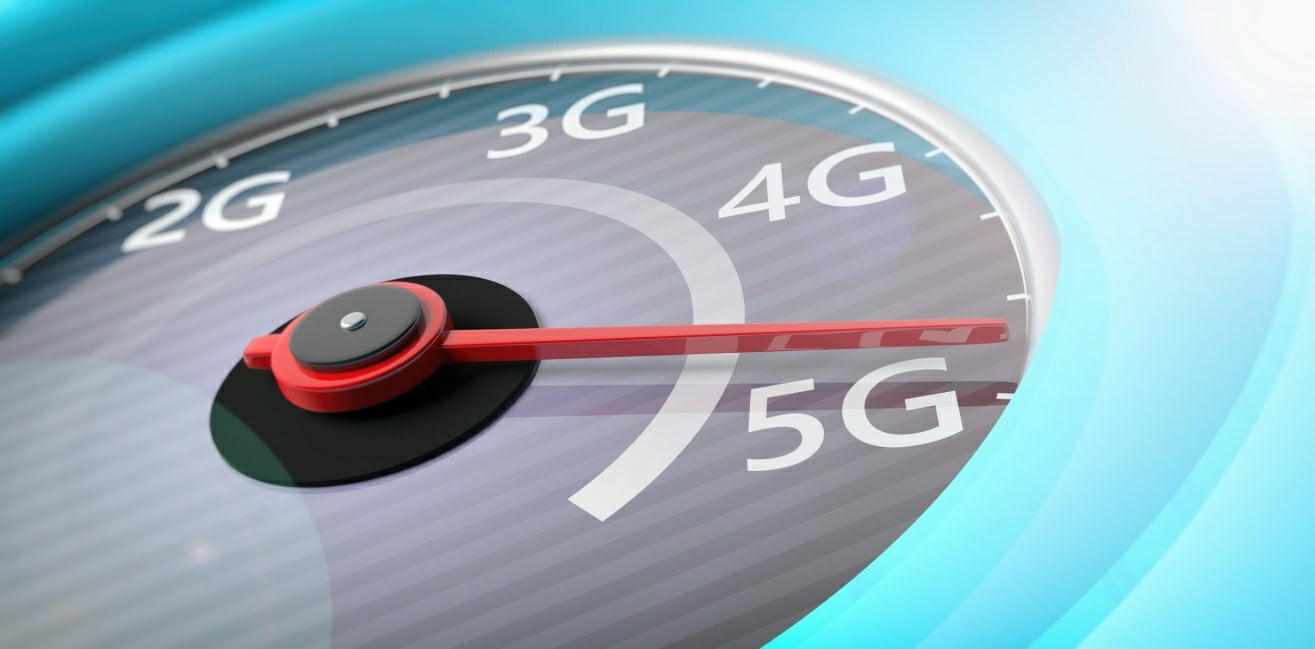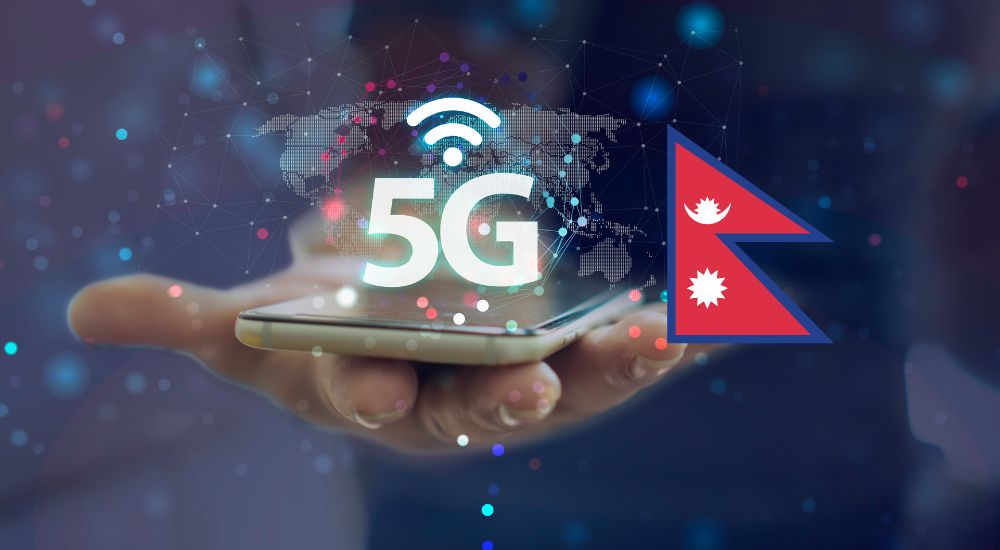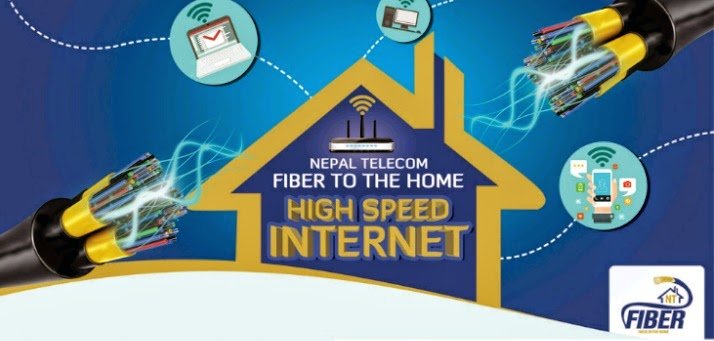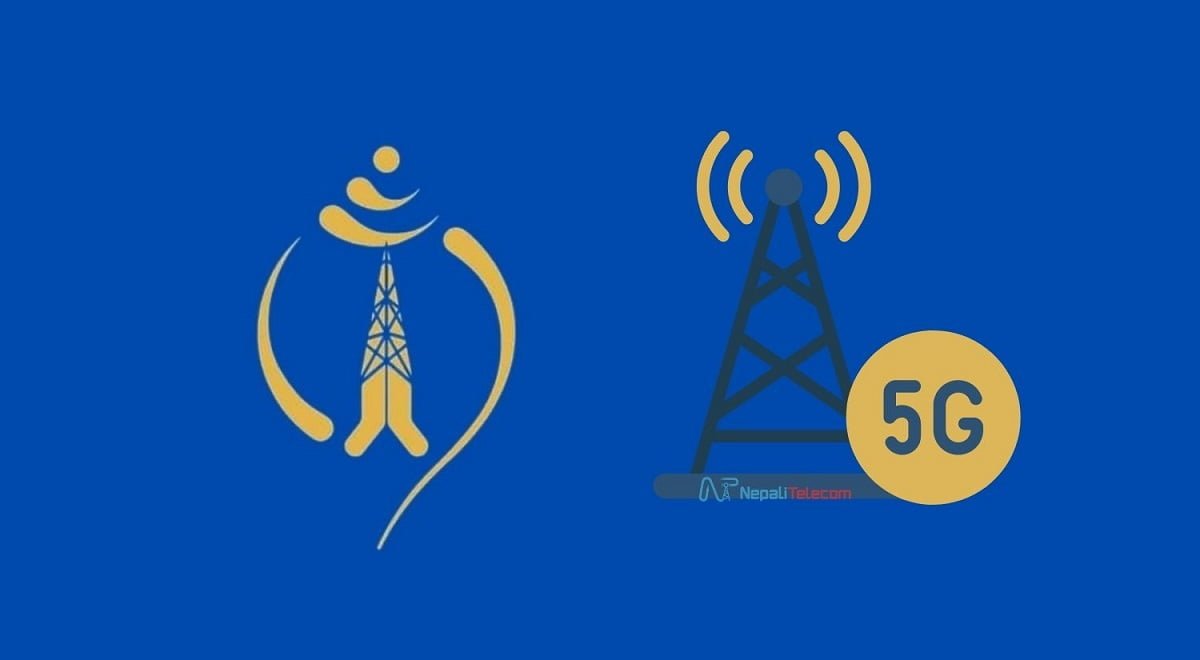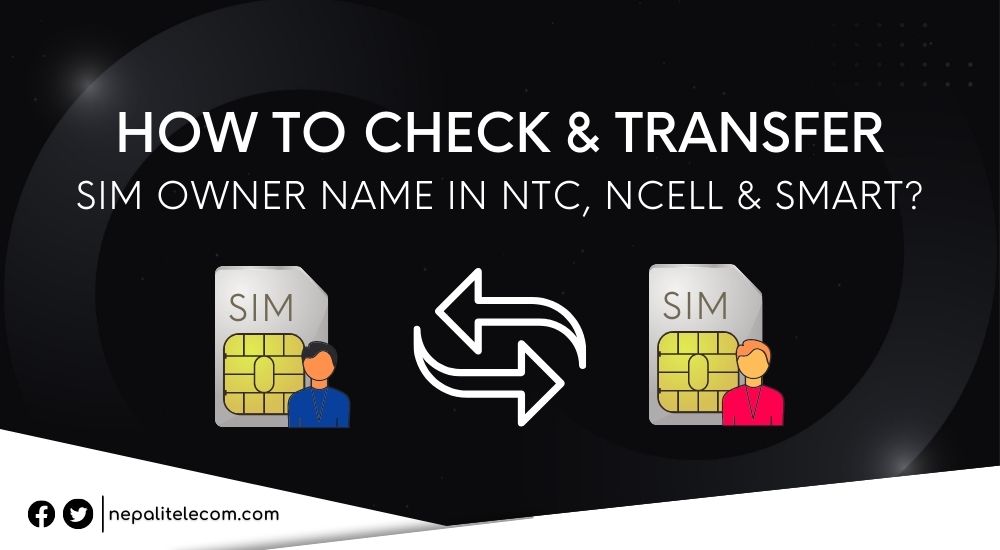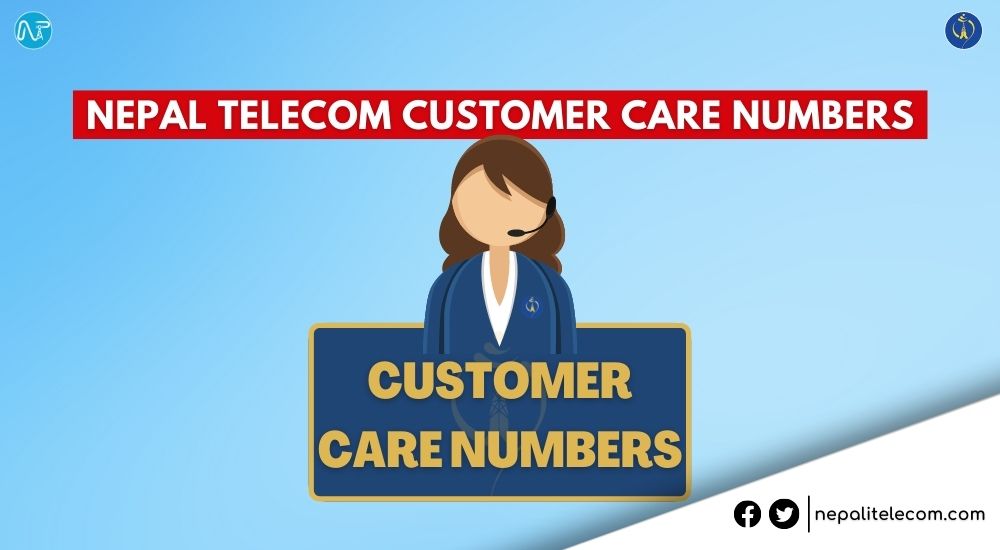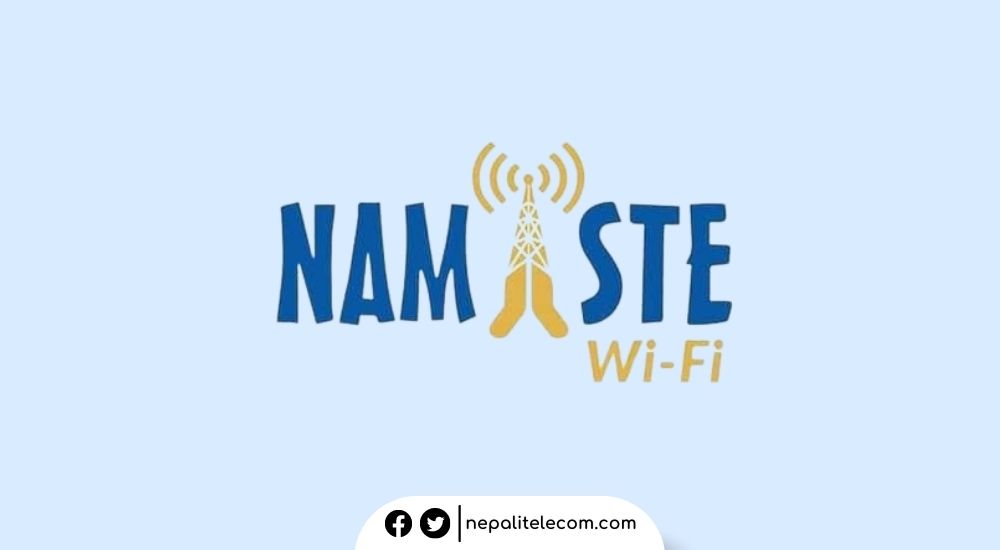The fifth generation of cellular communication is getting closer more every day. The new mobile network aims to offer higher frequencies, better coverage, and eventually put an end to traffic and latency problems. Undeniably 5G is going to change the way we use our devices fundamentally. But is it worth upgrading your 4G handset?
Well, we have prepared some key differences for you to decide whether you should upgrade to the 5g network or not. What will be the use of 4G Technology once 5G comes into action? We have covered the answers to these two major questions, and you can read them below.
What Is The 5G Technology?
5G is the next generation of wireless internet innovation engineered to extend the applicability of wireless Technology beyond the functionality of LTE. This will be revolutionary, fostering creativity in every sector and every part of our lifestyles. Over a period, 5G innovation will change the way we think, work, and perform — for the better. Read more about 5G technology.
What Is 4G Technology?
4G applies to the fourth wave of wireless technology. 4G is about integration, the integration of wired and wireless systems, wireless systems, such as GSM, wireless LAN, and Bluetooth, and also laptops, electronic products, networking technologies, and so many others. 4G is a digital networking service, anytime, global connectivity assistance, optimized wireless solution, and a personalized private network operating program.
To make any sense of the 2 types of wireless networks, we needed to look at the hard data that define 5G vs 4G. Here is a contrast of 5G vs 4G in terms of specific aspects and efficiency.
Peak Speeds
Based on our current 4th generation, 5G might have achieved more than six times greater performance. Higher speeds open doors to new opportunities through mobile networks. Information-intensive gateway apps – such as uploading multi-gigabyte files and broadcasting 4K/8K video – may become a possibility. 4G might still do so, but it would probably absorb as much as the software of the fifth generation.
Latency
Blink your eyes now. This is how fast information will fly out of your potential 5G-enabled phone to the database server over the internet and back to your phone. This incredibly low bandwidth – 4-5 times faster over 4G – could allow real-time apps such as auto-driving cars, advanced robotics, and virtual reality.
Connectivity
5G could accommodate up to 100 times additional phones than 4G – leading to a planet more interconnected than ever before. The transition is crucial as trillions of IoT phones come online, and pressure established 4G systems. Think of 5G making sensible travel, secure electricity grids, and remote protection feasible for future towns.
Energy Efficiency
One calculation indicates that 5G can use 90% less power for every bit than 4G. Energy usage has a massive impact on the standby time of phones and tablets. It was a pain in the side for individuals utilizing smartphones, smartwatches, and laptops. Using quick, minimal-latency 5G services, more information could be transmitted on the system rather than on the phone. This could mean less power and better battery life.
Mobile Data Volume
Reckon locations of high density where thousands of machines connect through the same channel, such as malls or sports stadiums. The Internet is growing, and data transmission rates are slowing drastically. At higher speeds and reduced latency, 5G was designed to accommodate 1,000 times the amount of mobile data opposed to 4G.
Reliability
The huge frequency and ability and low latency of 5G rely on a heavy-band range. But the heavy-band range, with its limited service areas, is not very effective. It is possible that for a while, even when 5G-enabled devices have been more widely accepted, people would use 4G and 5G. Once you’re near to a 5G tower, your Smartphone can link to and navigate ultra-fast speeds. If you don’t, your Smartphone will switch back to 4G.
What Happens To 4G once 5G Comes Into Existence?
5G won’t replace 4G LTE or the wired networks anytime early. Currently, it may be generations until the 4 G completely drops from the market. The rollout costs for 5G are just too big to see the rapid replacement of 4G in rural communities and industries where low bandwidth is not a significant need. The 5G is just an extension of LTE. It’s not a 4G / LTE upgrade; it’s not just an LTE++.
5G is, therefore, not intended to remove the need for wired internet access in houses and businesses. 5G’s high-band range has a generally poor ability to break houses, with indoor coverage falling to maybe a few meters.
If something, the rise of 5G as a cellular modem would only make high-speed fiber connections and highly built network infrastructure more relevant than it has ever been. The benefits come from the drawbacks, too, and we have compiled a list of the drawbacks that are currently present today.
Disadvantages of 5G
- 5G forms of hardware are expensive, involving trained technicians to build and operate a 5G framework. This raises the cost of 5G operation and repairs periods.
- 5G innovation is still under development, and research is ongoing.
- 5G devices are expensive. This would also take some time for the average person to make use of 5G innovation.
- Protection and confidentiality problems that have yet to be resolved in 5G.
- Coverage distances of up to 2 meters (indoor) and 300 meters (outdoor) can be accomplished due to low limitations at higher frequencies. 5G mm-wave can suffer many such damages (loss of penetration, amplification due to the weather, loss of foliage, etc.).
Conclusion
To conclude above-mentioned points are the key differentials of 5G vs 4G, with advantages like more speed and better connectivity, you are getting many disadvantages as well. Replacing 4G with these cons may take a long time of the 5G devices as many people in this world would be using 4G devices only at that time too. Even though we are in a time where almost everyone uses 4G, some people still use 2G and 3G connections in their daily life.
Read more: 2G, 3G, 4G, 5G Explained Simply >>
Even at this point when there are smartphones with 4G support and who are backward compatible still, run on 3G connections, how can you expect that 5G will completely take over 4G when it comes to the market. It is going to take time even to take over the 2G and 3G connections completely.


